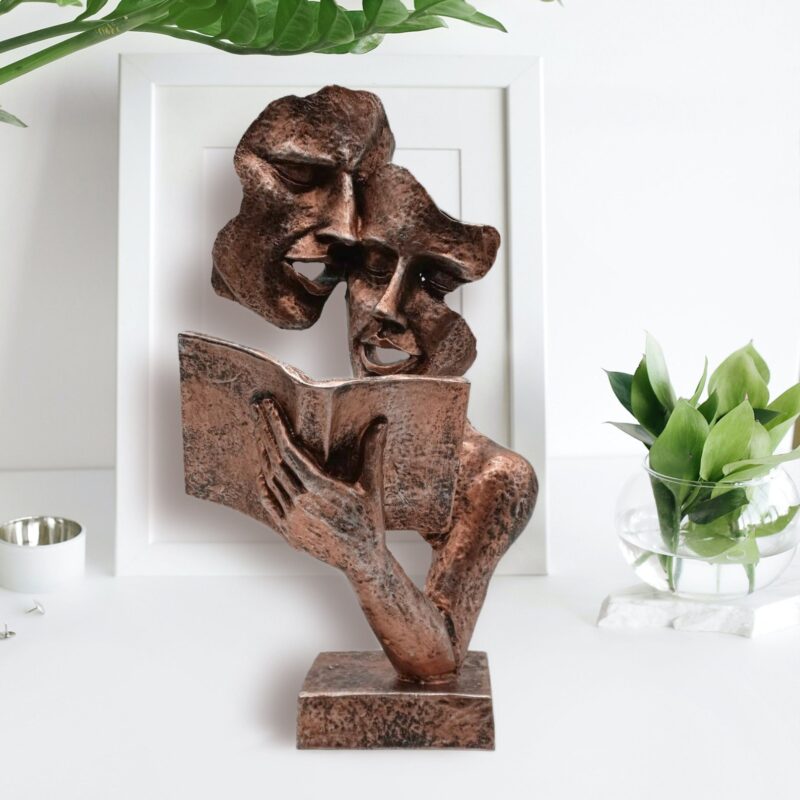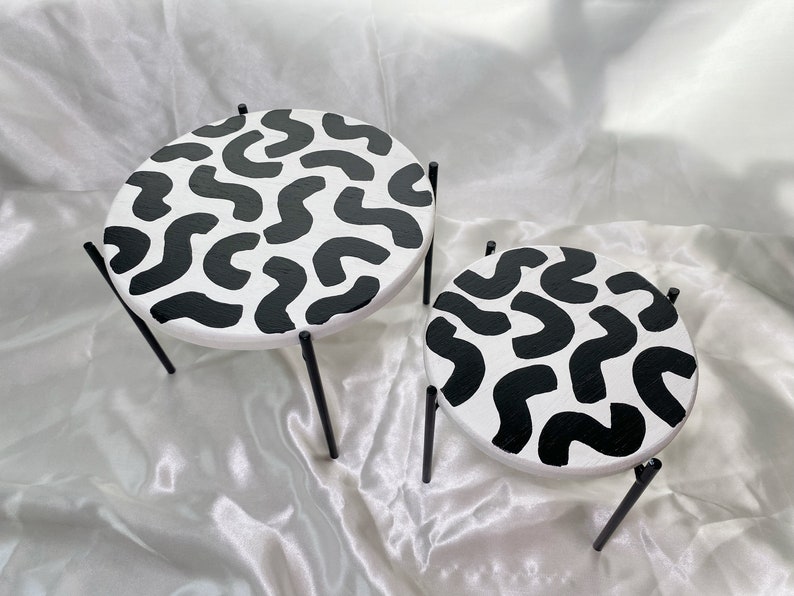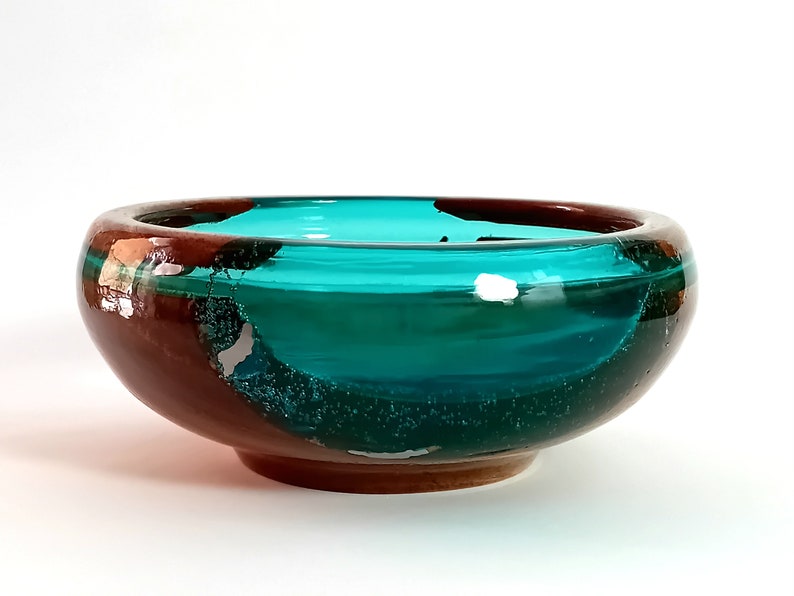Home Decor
The Psychology of Color in Home Decor
Color is a powerful design tool that can significantly influence human emotion and behavior. Understanding the psychology of color can transform your home into a space that not only looks great but also feels welcoming and suits your lifestyle. This extensive guide explores how colors affect us and how you can use this knowledge to enhance your home decor.
Understanding Color Psychology
What is Color Psychology?
Color psychology is the study of how colors affect perceptions and behaviors. In home decor, color choices can influence how a room feels. For instance, some colors can make a space feel brighter and more open, while others can make it feel intimate and grounded.
The Impact of Colors
1. Red: Energy and Passion
Red is a bold color known for stimulating the mind and increasing energy levels. It can evoke feelings of passion and excitement but should be used sparingly as it can also increase feelings of anger or aggression. In home decor, red is ideal for areas that foster social interaction, like dining rooms.
2. Blue: Calmness and Serenity
Blue is one of the most calming colors, often associated with the sky and sea. It can help reduce stress and create a sense of peace in your home. Lighter blues are great for bedrooms and bathrooms where you seek tranquility.
3. Yellow: Happiness and Optimism
Yellow is a cheerful color that can brighten up any space and lift spirits. Its energizing effect makes it a good choice for kitchens and bathrooms, where it can help wake you up in the morning.
4. Green: Harmony and Health
Green combines the cheerful and relaxing qualities of yellow and blue, respectively. It is easiest on the eye and can be used to promote a sense of balance and tranquility in a home. It’s excellent for practically any room, especially where you want to evoke a sense of wellness and rejuvenation, like in living rooms and studies.
5. Purple: Luxury and Creativity
Purple, especially in its darker shades, is associated with luxury and sophistication. It can also foster creativity, making it a superb choice for personal spaces or creative studios. Lighter lavenders are relaxing and can be used for bedrooms.
6. Orange: Comfort and Warmth
Orange evokes excitement and enthusiasm, but is more inviting and less overwhelming than red. It’s a great color for exercise rooms and living areas where you want to stimulate activity and socialization.
7. White: Purity and Simplicity
White can make spaces appear larger and more open. It reflects light and can be used in any room to promote a sense of purity and cleanliness. However, too much white can feel sterile, so it’s often best combined with other colors.
8. Black: Elegance and Sophistication
Black adds depth and sophistication to any space. It’s powerful in statement pieces or when used in contrast with other colors, but should be used sparingly to avoid making a room feel too dark or heavy.
Applying Color Psychology in Home Decor
Plan Your Color Palette Carefully
Choose your main color based on the mood you want to create in each room. Use complementary colors to balance the aesthetics of the space. For instance, balance a bold color like red with neutral tones, or a calming blue with warm hues for harmony.
Test Your Colors Before Committing
Always test paint colors in your actual environment to see how they react to the light and surrounding elements. What looks good in a store under artificial lighting may look completely different in your home.
Consider the Lighting
Lighting can significantly affect how a color looks and feels. Natural light shows the truest color, while incandescent lighting brings out warm tones and fluorescent lighting casts a sharp blue tone.
Think Beyond Walls
Color psychology isn’t just for your walls. Consider how furniture, artworks, rugs, and other decor elements contribute to the overall color scheme of your room.
Conclusion
Color is a simple yet powerful tool in home decor. By understanding the psychology of color, you can choose hues that not only beautify your space but also create an environment that matches your emotional and psychological needs. Remember, the best color for any room is one that reflects who you are and how you want to feel in that space.



